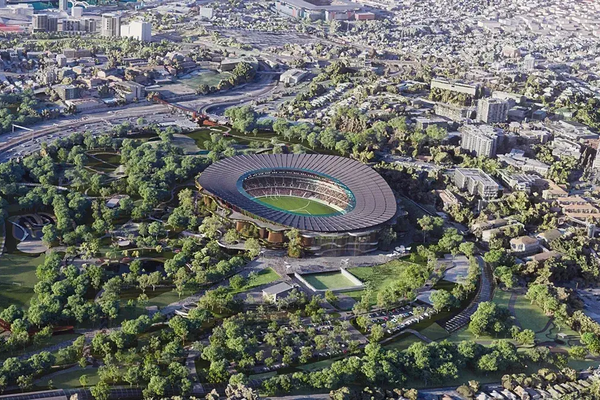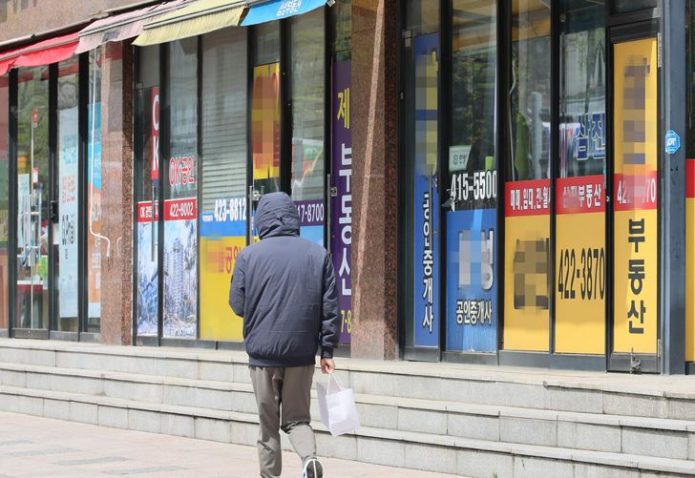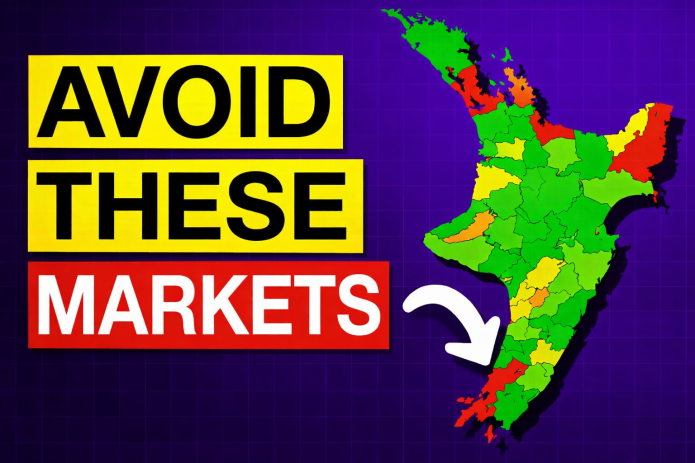PHOTO: The underlying forces which have driven our house prices up so strongly this past year and since the 1990s are starting to unwind.
Since we emerged from the first nationwide lockdown in the middle of May last year, average house prices around New Zealand have risen by almost 37%. How can this happen when our economy briefly shrank 11% and the unemployment rate rose from 4.0% to 5.2%?
There are plenty of reasons, but as the Reserve Bank of Australia said last week with regard to the record 6.8% rise in Australia house prices in the three months to June, the main cause is record low interest rates.
For us in New Zealand it wasn’t just the 0.75% cut in the official cash rate to 0.25% in March last year. There was already the acceleration in the pace of house price growth coming about because of the 0.75% cut in NZ interest rates in mid-2019.
Along with the stimulus from low mortgage rates encouraging buyers and low bank deposit rates discouraging sellers, we also saw the removal of LVRs. Plus, with $10bn normally spent on overseas travel unable to be spent as such, around 12% has been diverted towards the housing market.
This is one of the key results from a special survey I recently ran regarding what people did with money unable to be spent on foreign travel. 26% went on home renovations and 20% on domestic travel. 18% went directly to savings and 12% to reducing debt. Overall 47% went into savings and investments of various sorts including property and shares.
Prices have also soared near 37% since May 2020 in response to FOMO (fear of missing out) taking hold. Plus, the economy has picked up quite strongly and produced strong jobs growth and a quick fall in the unemployment rate back to 4%.
@propertynoise #happyathome #newzealand #allblacks #rugbyunion #rugbybricks #viral #nzrugby #rugby #lockdown #lockdownlife #lockdownnz
READ MORE VIA TALL POPPY
MOST POPULAR
 Abandoned land for sale
Abandoned land for sale Bookabach guest takes legal action against host
Bookabach guest takes legal action against host Reserve Bank tightens LVR restrictions
Reserve Bank tightens LVR restrictions Will this set off a Global Financial Crisis? | WATCH
Will this set off a Global Financial Crisis? | WATCH 2021 REINZ Awards for Excellence
2021 REINZ Awards for Excellence Evergrande Debt Crisis: Impact on NZ Property Market – Is there a correction coming? | WATCH
Evergrande Debt Crisis: Impact on NZ Property Market – Is there a correction coming? | WATCH The ‘Wānaka furore’ – A bach at the Southern Lakes has never been so topical
The ‘Wānaka furore’ – A bach at the Southern Lakes has never been so topical Timaru flat the scene of an absolute tragedy | WATCH
Timaru flat the scene of an absolute tragedy | WATCH Thousands sign petition against massive new housing development
Thousands sign petition against massive new housing development Mortgage brokers seeing fewer enquiries | Tony Alexander
Mortgage brokers seeing fewer enquiries | Tony Alexander










